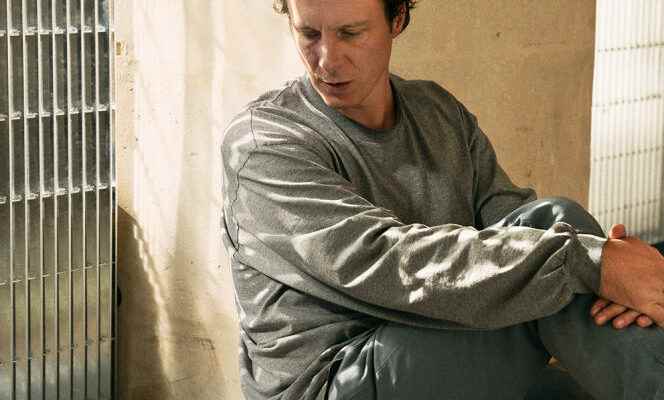The invitation fell almost the same day. In November 2019, without consulting each other, the Palais de Tokyo and Lafayette Anticipations offered Cyprien Gaillard to exhibit it. A famous public art center and a major private foundation. Nothing out of the ordinary, you might say, for an artist laden with awards (Marcel Duchamp Prize, Preis der Nationalgalerie für junge Kunst, Audi talents, etc.). Except that the Frenchman, based in Berlin, probably much better known abroad than at home, has become rare in his native country. Little or no exposure. No interview in the French press. The man who was the prodigal child of French contemporary art at the turn of the 2010s chose to distance himself from this small world.
Yet it is in the very matter of Paris that he found the subject of his double comeback. Never during his artistic career had he doubtless imagined designing works so linked to the place where they were to be exhibited. At the Palais de Tokyo, Cyprien Gaillard has chosen to present the famous love padlock, who threatened to cause the Pont des Arts to collapse on the pieces of the railing to which they were chained.
At Lafayette Anticipations, he installed Defender of Time, a monumental clock with automatons made from 1975 by the sculptor Jacques Monestier. An extravagant object that Cyprien has always known to be inert, in the unloved district of the Clock, this group of buildings which adjoins the Center Pompidou. With the blank check of Monestier, 82, and funding from Lafayette Anticipations, the artist had him resuscitated by the specialized company Prêtre et fils de Besançon. Stripping of several hundred kilos of pigeon droppings, accumulated over twenty years of oblivion, restoration of watchmaking mechanics… Scrupulous precision work, worthy of a perfect defender of heritage.
Temporal fissures and geographical fissures
Fifteen years ago, however, Cyprien Gaillard burst into the art world with, in particular, a video as violent as it is hypnotic, Desnyansky Raion. Covered with the soundtrack of electro musician Koudlam, it juxtaposes the images of a fight between hooligans with an aerial view of a city in kyiv and a scene of the demolition of a building in Île-de-France. Immediate success. The Louis Vuitton Foundation bought a copy, as did the powerful American hedge fund manager Steve Cohen, who donated it to MoMA in New York.
Encouraged, the little genius continues his work by making an inventory of past, present or future ruins. ” What interests me, he confides, these are the temporal fissures and the geographical fissures. » In 2008, he littered the main driveway of the Château d’Oiron, in Deux-Sèvres, with rubble from a demolished public housing tower in Issy-les-Moulineaux. At the same time, he travels the globe, from Chernobyl to Detroit, to photograph pyramids or dilapidated suburbs, tombstones next to demolished towers and decrepit bunkers from the Second World War. A wildly ambitious inventory of human destruction, the scope of which goes beyond the scope of art.
You have 47.64% of this article left to read. The following is for subscribers only.
